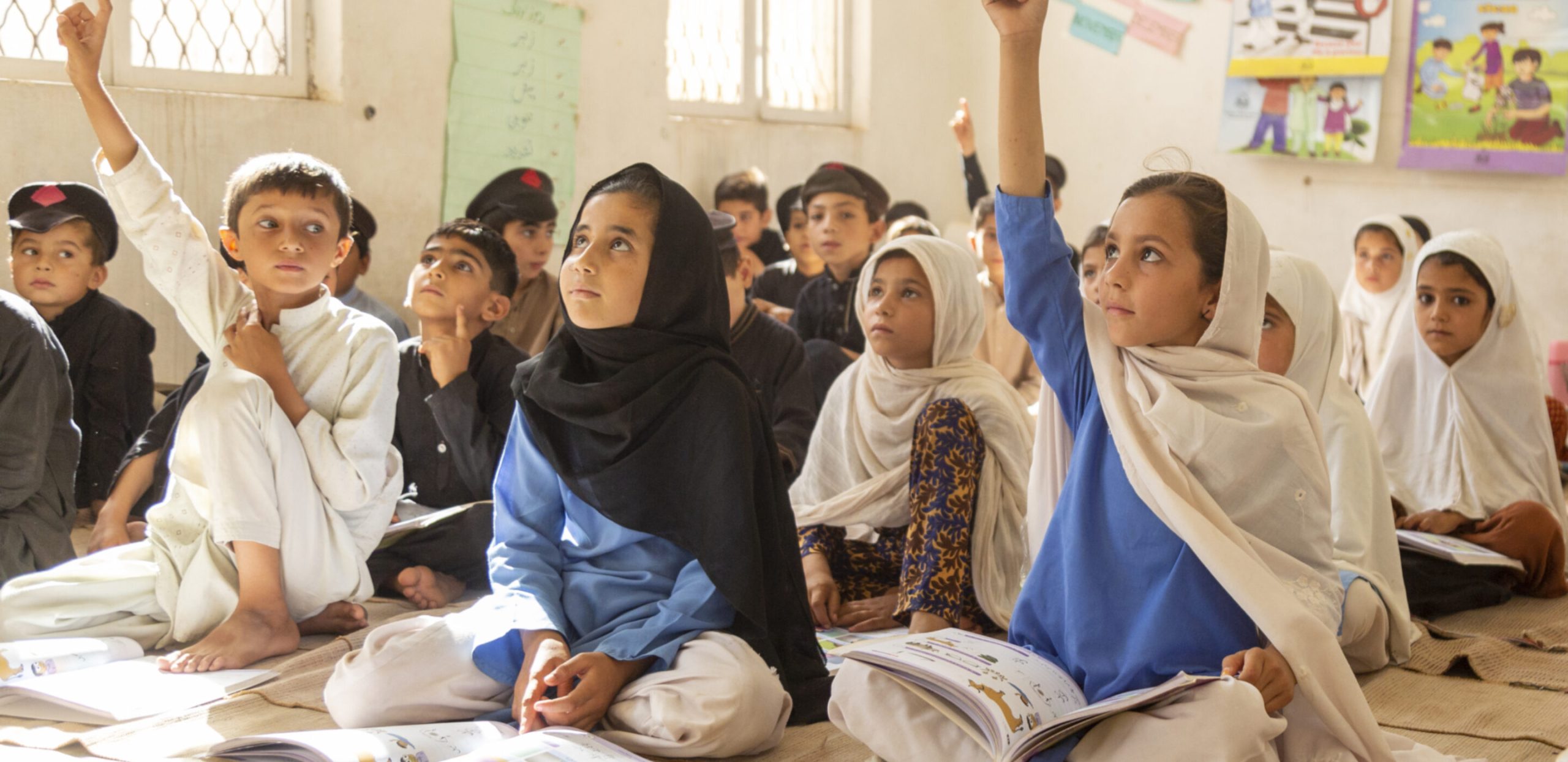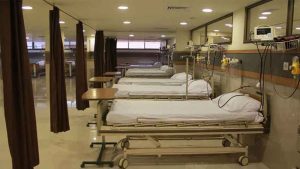Islamabad, May 21, 2025: A newly published report by the Khyber Pakhtunkhwa (KP) Education Department has uncovered that more than 10,000 public schools across 28 settled districts in the province are still deprived of essential infrastructure. These institutions, which serve a large number of students, are operating without fundamental provisions such as electricity, toilets, clean drinking water, and protective boundary walls.
As per the report, over 5,000 schools remain without electricity. Additionally, more than 2,000 schools have no access to safe drinking water, and thousands more are without sanitation facilities or secure boundaries pointing to deep-rooted shortcomings in the public education network.
The data shows that among primary schools alone, 2,211 have no electricity. The worst-hit areas include Mansehra with 344 such schools and Upper Kohistan with 252. In Upper Kohistan, 208 schools lack clean water supplies, and 1,253 do not have working toilets.
The condition is similarly miserable in middle-level institutions. Out of 160 middle schools evaluated, 136 are functioning without perimeter walls, 71 are short of drinking water, and 57 lack sanitation. Even in Peshawar, the provincial capital, many schools are under-equipped; 21 without power, 15 lacking potable water, 17 with no washrooms, and 8 missing boundary enclosures.
READ MORE: KP to Convert 100 Schools and 3,050 Mosques to Solar Energy
Speaking on the matter, Barrister Muhammad Ali Saif, the provincial information advisor, acknowledged the issue and said that the government is actively engaged in resolving these problems. He mentioned that Chief Minister Ali Amin Gandapur has already given directives to improve the state of school infrastructure and reaffirmed that education is a top priority.
He further said that the next provincial budget will allocate more resources for installing sanitation systems and clean water supplies in all government schools. The authorities are also considering declaring an “educational emergency” in regions where the majority of children remain out of school.
To immediately address the infrastructure shortfall, the KP government plans to set up temporary schools in rented facilities, especially in districts facing the worst deficits.
READ MORE: Schools Across Punjab closed after Indian missiles strike
These developments follow earlier reports which painted a grim picture of school attendance in the province. Around 37 percent of children in KP are still not enrolled in any educational institution, with a total of 4.92 million school-age boys and girls currently out of formal education.
The dropout rate is highest in Kolai-Palas Kohistan, where over 80,000 children remain out of school. In Lower and Upper Kohistan, the situation is no better, with approximately 79 percent of children not attending any school.
Conversely, Upper Chitral has shown promising results, with only 10 percent of children missing out on schooling making it the province’s best-performing district. Peshawar, however, presents a troubling gender gap: over half a million children are out of school, including 319,000 girls, underlining the serious disparities in access to education for young females.









